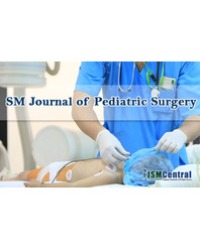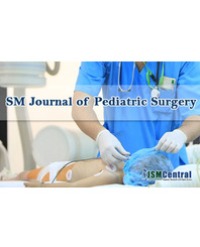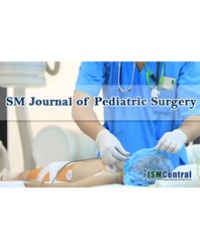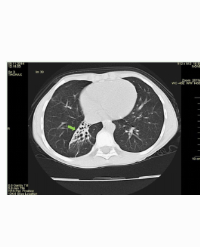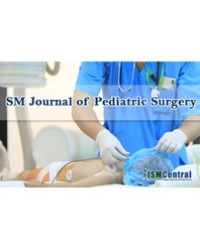
Post-Traumatic Diaphragmatic Rupture in Children: A Case Report at Ziguinchor Regional Hospital (Senegal)
Post-traumatic diaphragmatic rupture is defined as the passage of a portion of the abdominal viscera into the thorax through the diaphragmatic tissue following trauma. It is rare in children and most often fits in a context of polytrauma. We report a case of fracture of the left diaphragmatic cupola associated with stage II spleen fracture following thoracoabdominal trauma by the fall of a cart in a boy of 07 years without any particular pathological antecedents. The surgical management of the patient consisted of a suture of the diaphragmatic cupola with the mersuture and a monitoring of the splenic rupture. The postoperative course was simple.
Cheikh Diouf¹, Coulibaly Mamadou Bernard¹, Kibanja Anderson¹, Diallo Ibrahima¹, and Coulibaly S²

